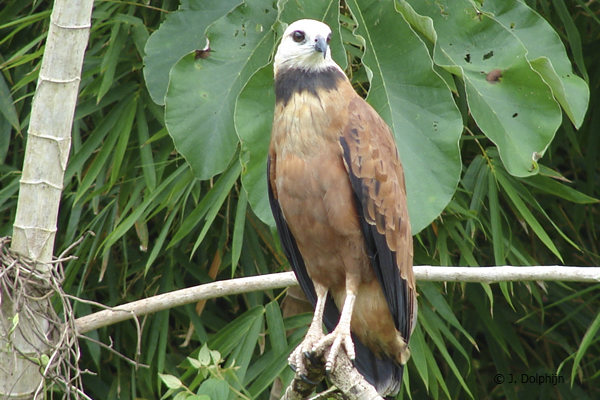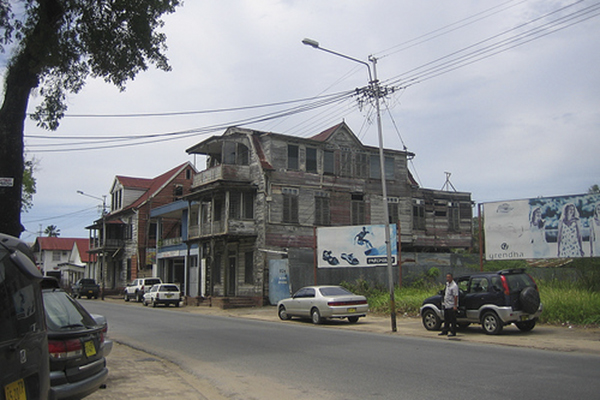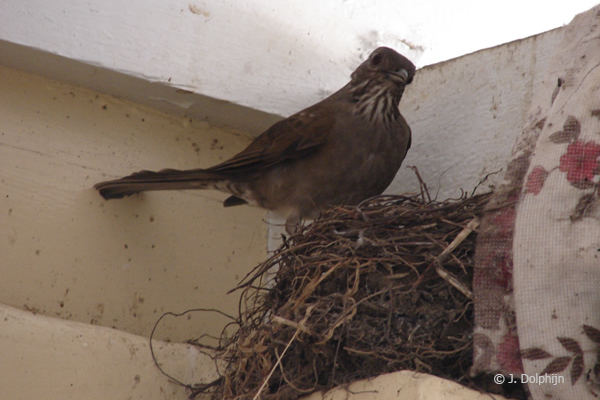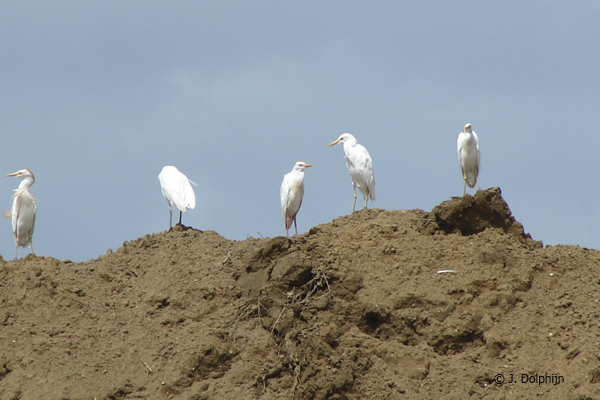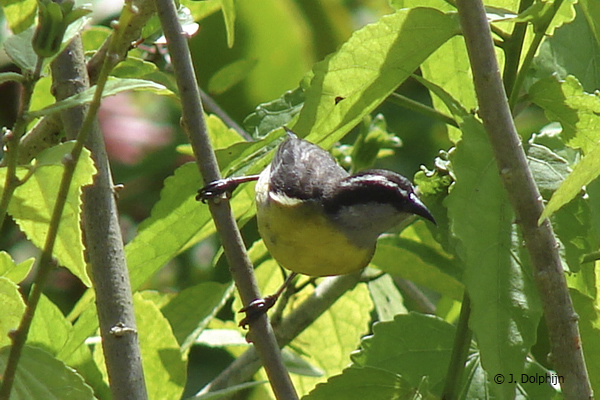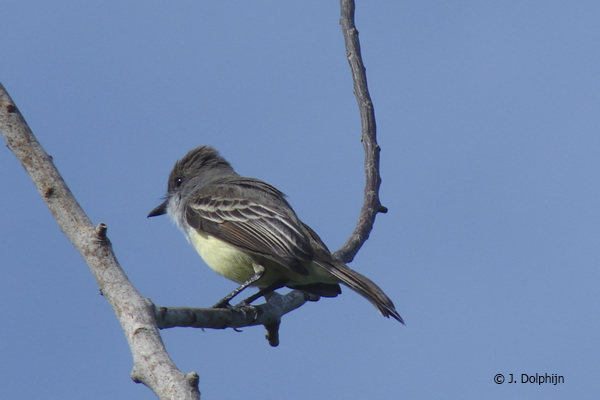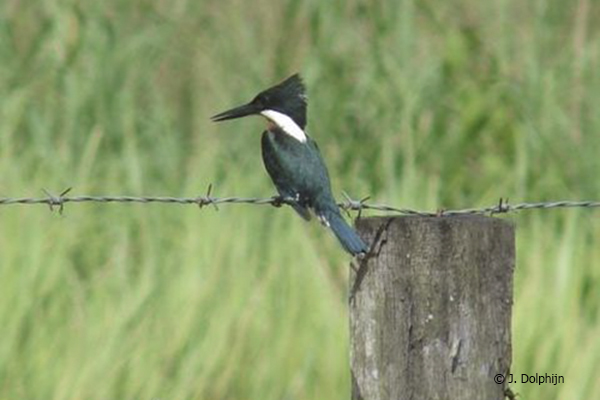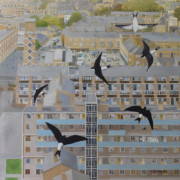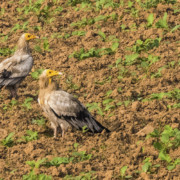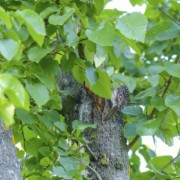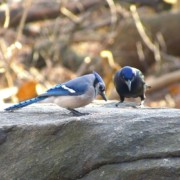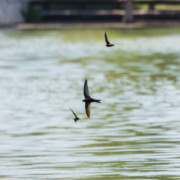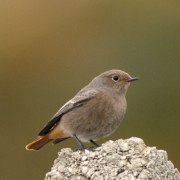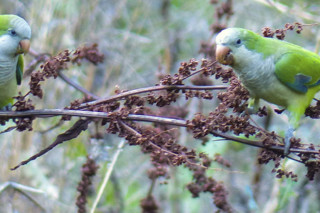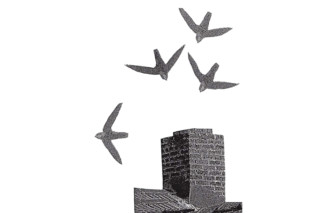In northern South America, just to the left of Venezuela is a small country of which 80% consists of undisturbed rainforest. This nation is Suriname and it has the largest proportion of undiluted nature in the world. Its capital city, Paramaribo is located on the banks of the Suriname River just about 15 miles from the Atlantic Ocean. The Urban Birding in this country is confined to this city as 90% of country’s inhabitants live here.
Sip on a cool drink in the center of the city overlooking the river at the Waterkant whilst enjoying the many species of waterbirds that may cross your view. Tricolored Heron, Little Blue Heron, Great and Snowy Egret are amongst the most common. You should easily notice White-winged Swallow, Tropical Mockingbird, Southern House Wren and without a doubt the Great Kiskadee. During your second drink Fork-tailed Flycatcher, Ruddy Ground Dove and the Black-throated Mango might be seen.
Now let us do some real birding. First take a cab or walk (about 3 miles) to Leonsberg and hire a small boat. Make sure the tide is low and ask your captain to stay close to the shore where the water is low. Many bird species including ibises, many different sandpipers, egrets and even an occasional gull can be found here. You may see Striated Heron, Black-crowned Night Heron, Cattle Egret and soaring the skies, Black and Yellow-headed Vultures, Osprey and possibly a Roadside Hawk.
There are two other “must-visit” places. Firstly is the bird rich Cultuurtuin (Culture Garden) which is nicely situated just outside the city center. This garden is known for its flowering trees attracting many nectar drinking species like hummingbirds and honeycreepers. Lots of small birds can also be found here like tody-flycatchers, dacnis, Bananaquits, elaenia’s and euphonia’s plus several species of parakeets, parrots, piculets, greenlets and warblers forage for fruit and berries or insects.
The second place is the so-called Weg naar Zee (Road to Sea) which is very highly recommended to visit. Many many species are encountered here. Because it is about 10 miles outside the city center you have a better chance of crossing paths with the more secretive species. Several species of woodpeckers, seedeaters, puffbirds, pigeons and lots of different birds of prey including Savannah Hawk, Black Hawk, Black-collared Hawk, Snail Kite, Gray Hawk can be found to name a few. If you visit during the North American winter you may witness the many migrating species dwelling the mangrove shores of the Atlantic.
Just 10 miles outside Paramaribo are lots of small communities that are situated along the roads. Most people outside the city own of patch of land that is predominantly wetland with scattered trees. Make sure to visit these areas for a couple of days.
The first bird to attract attention will be the Wattled Jacanas, a beautiful if noisy, long-legged bird found around almost every stretch of water outside the city. It is often accompanied in the same habitat by the Striated Heron. Along the ditches White-headed Water-tyrant and Pied Water-tyrant are abundant as are Yellow-chinned Spinetail and Donacebius. A jumpy Yellow-headed Caracara looking for easy prey like carrion, eggs or fledglings or a Laughing Falcon seeking snakes could also honor you with their presence. In the surrounding trees with hanging nests looking like socks are colonies of noisy Crested Oropendola. The larger males make an unbelievable clocking and gurgling sound. Watch the nesting tree carefully because small flycatchers are often also present. Just along the road at mid-tree level a small docile bird might be watching you. It will be a Pied Puffbird that builds its nest in a hole in a termite colony, feeding on the termites and other bugs.
In the fruit trees you may find Palm Tanagers, Blue-grey Tanagers and Silver-beaked Tanagers fighting for the bruised fruit. Just below you may see a young Shiny Cowbird being fed by its much smaller Southern House-wren foster parent. You will surely encounter several Tody-flycatchers, Kiskadees, Blue-winged Swallows, Green or Amazon Kingfishers, Red-breasted Blackbird, Guianan Piculet, Bronzy or Paradise Jacamars and several elaenia’s, parakeets, seedeaters, hummingbirds (the most likely hummers being the Black-throated Mango or even the Green-throated Mango) and kingbirds.
Finally, the Blue-backed Grassquit and the Bananaquit are ubiquitous; the first doing its strange display ritual of flying up and down from the same perch whilst singing, the second present on practically every sugary fruit plant or tree. If you return for a few days early in the morning or just before dusk, around a 100 species might cross your path.
A word of warning: don’t sit in the swampy areas because you may get little lice crawling onto you making you itch in your pubic area for days!
If you want to Urban Bird the bird-rich areas in or just outside Paramaribo then visit www.avibirds.com for a free comprehensive online guide to the birds of Suriname. Check the photo gallery and bird blog for more on birding in Paramaribo.
Jan Dolphijn
March 2009

